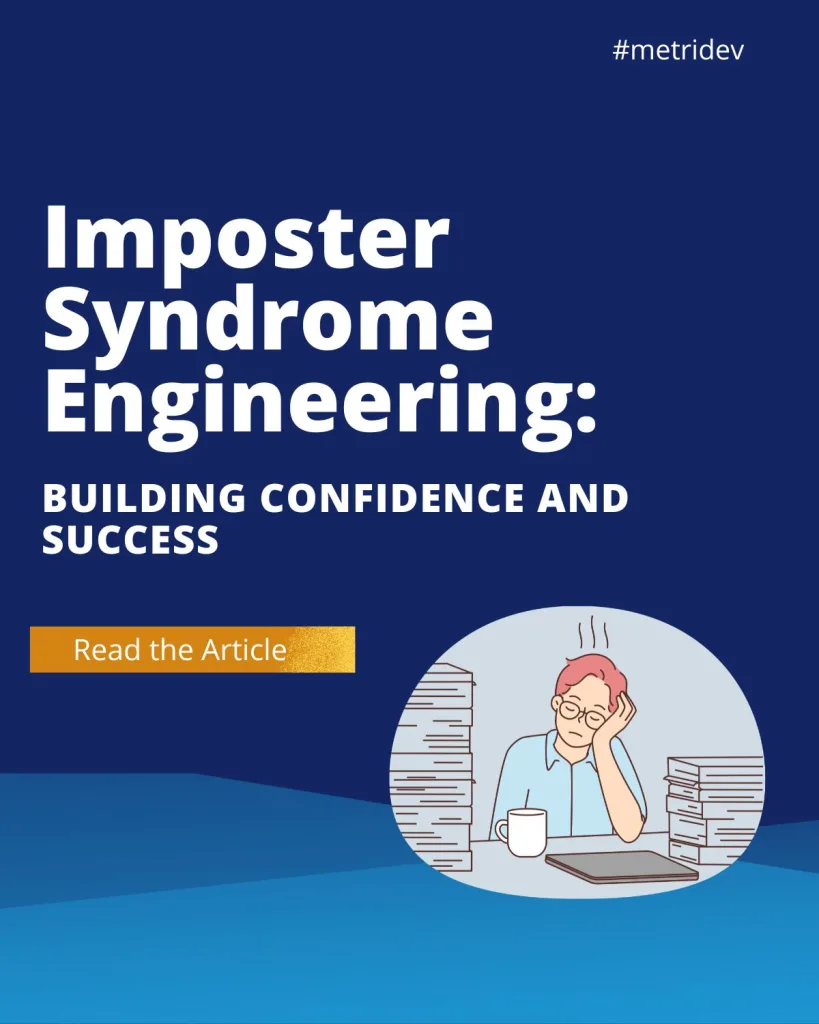Introduction
In the fast-paced world of public relations (PR), efficiency is key. One important aspect of PR that often gets overlooked is the review time for various PR activities. Whether it’s reviewing press releases, social media campaigns, or content for media pitches, the time it takes to review and approve these materials can have a significant impact on overall productivity and success. In this article, we will explore the process of PR review time, its importance, common challenges, and strategies to streamline the review process for optimal results.
Understanding the PR Review Time Process
The PR review time process refers to the duration it takes for PR materials to be reviewed and approved by relevant stakeholders. This includes internal teams, clients, and other decision-makers involved in the PR campaign. The review process typically involves multiple iterations of feedback and revisions until the materials meet the desired standards and objectives.
How Long Does it Take to Review a PR?
The duration of PR review time can vary depending on several factors. These factors include the complexity of the PR materials, the number of stakeholders involved, and the efficiency of the review process itself. On average, it can take anywhere from a few days to several weeks for PR materials to go through the review process. However, delays and bottlenecks can occur, leading to extended review times and missed opportunities.
Importance of Streamlining PR Review Time for Optimal Results
Streamlining the PR review time is crucial for achieving optimal results in PR campaigns. A lengthy review process can cause delays in launching time-sensitive campaigns, missing media opportunities, and losing momentum in public relations efforts. By reducing the review time, PR professionals can ensure that their materials reach the intended audience in a timely manner, maximizing the impact and effectiveness of their campaigns.
PR Cycle Time and its Impact on Efficiency
PR cycle time refers to the overall time it takes for a PR activity to be completed, from ideation to execution. The review time is a significant component of the PR cycle time. A lengthy review process can increase the overall PR cycle time, leading to decreased efficiency and slower campaign execution. By streamlining the review time, PR professionals can improve their overall efficiency and ensure that their campaigns are executed in a timely manner.

What is the Lead Time of a Pull Request?
In the context of PR review, a pull request refers to the process of requesting changes or additions to the PR materials. The lead time of a pull request refers to the duration it takes for the requested changes to be implemented and reviewed. By reducing the lead time of a pull request, PR professionals can expedite the review process and ensure that the necessary changes are made promptly.
Common Challenges Faced in PR Review Time
There are several common challenges that PR professionals face when it comes to review time. These challenges include:
1. Lack of clear guidelines: Unclear expectations and guidelines for reviewing PR materials can lead to confusion and delays in the review process. Establishing clear guidelines and objectives can help streamline the review process.
2. Multiple stakeholders: Involving multiple stakeholders in the review process can lead to coordination challenges and delays. Effective communication and project management strategies are essential to overcome this challenge.
3. Limited resources: Limited availability of resources, such as time and personnel, can slow down the review process. Allocating sufficient resources and prioritizing review activities can help overcome this challenge.
Strategies to Streamline the PR Review Process
To streamline the PR review process and reduce review time, consider the following strategies:
- Establish clear guidelines and expectations: Clearly define the objectives, quality standards, and expectations for PR materials. This will help reviewers provide targeted feedback and reduce the number of iterations required.
- Utilize technology: Leverage tools and technologies specifically designed for PR review to streamline the process. These tools can automate tasks, facilitate collaboration, and provide real-time feedback, improving overall efficiency.
- Implement a structured review process: Establish a structured review process with defined deadlines and milestones. This will help ensure that the review process stays on track and avoids unnecessary delays.
Tools and Technologies to Improve PR Review Time
Several tools and technologies can help improve PR review time. These include:
1. Collaboration platforms: Platforms like Google Docs or Microsoft Teams enable real-time collaboration, allowing stakeholders to review and provide feedback simultaneously.
2. PR management software: Specialized software, such as Trello or Monday.com. They can help streamline the review process by tracking tasks, deadlines, and overall progress.
3. Automated proofreading tools: Tools like Grammarly or Hemingway Editor can help identify grammatical errors and improve the readability of PR materials, reducing review time.
The Role of Effective Communication in PR Review
Efficient communication is essential for streamlining the PR review process. Clear and concise communication between stakeholders can help avoid misunderstandings, reduce the number of iterations, and expedite the review process. Regular status updates, meetings, and feedback sessions can ensure that everyone is on the same page and working towards the same objectives.
Best Practices for Efficient PR Review Time
To optimize PR review time, consider implementing the following best practices:
- Establish a review timeline: Firstly, set clear deadlines for each stage of the review process to ensure timely completion.
- Assign responsibilities: Secondly, clearly define the roles and responsibilities of each stakeholder involved in the review process to avoid confusion and delays.
- Encourage constructive feedback: Lastly, foster a culture of constructive feedback, where reviewers provide specific and actionable suggestions for improvement.
What is PR Cycle Time?
PR cycle time refers to the overall time it takes for a PR activity to be completed, from initial planning to final execution. It includes not only the review time but also other stages such as ideation, creation, and distribution of PR materials. By optimizing PR cycle time, PR professionals can ensure that their campaigns are executed efficiently and effectively.
How Can I Improve My PR Cycle Time?
To improve your PR cycle time, consider the following strategies:
1. Set realistic timelines: Establish realistic timelines for each stage of the PR cycle, considering the complexity of the materials and the availability of resources.
2. Automate repetitive tasks: Identify repetitive tasks in the PR cycle and leverage automation tools to expedite the process, such as scheduling social media posts or sending press releases.
3. Continuously evaluate and optimize: Regularly review the PR cycle and identify bottlenecks or areas for improvement. Implement changes and optimizations to increase efficiency and reduce cycle time.
Conclusion: The Benefits of Optimizing PR Review Time
Efficient PR review time is crucial for achieving optimal results in PR campaigns. By streamlining the review process, PR professionals can minimize delays and maximize opportunities. Also they can and ensure that their materials reach the intended audience in a timely manner. By implementing the strategies and best practices mentioned in this article, PR professionals can optimize their PR review time and improve overall campaign efficiency.
Remember, time is of the essence in the world of PR. Streamlining the review process will not only save time but also enhance productivity and ultimately lead to better results. So, take the necessary steps to optimize your PR review time and reap the benefits of a well-executed PR campaign.
If you’re looking to streamline your PR review process and improve overall efficiency, consider implementing the strategies and utilizing the tools mentioned in this article. Start streamlining your PR review process today!









Leave a Reply